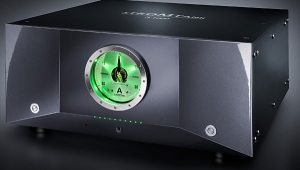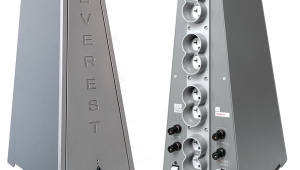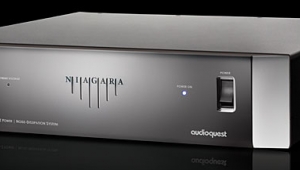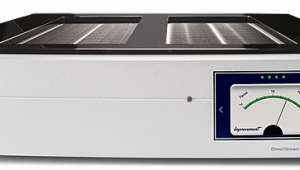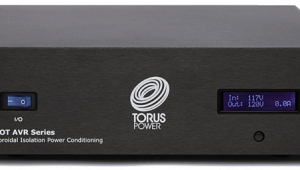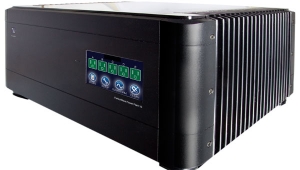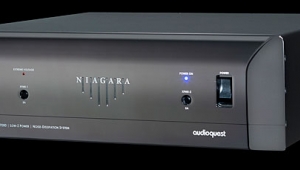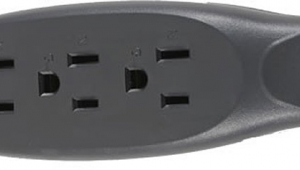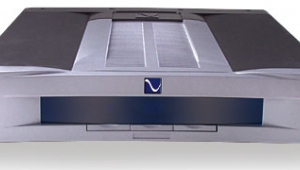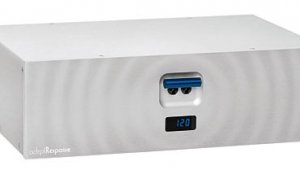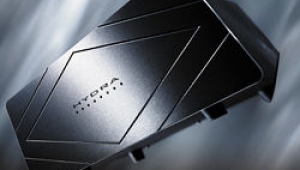| Columns Retired Columns & Blogs |
I can relate to most of this, having owned NightHawks, DragonFlys, and JitterBugs. When I read about "giving the brain (or ears) a rest" between certain evaluations, I recognized that as something I do. Learning different techniques and when to employ them helps a person stay focused in critial evaluations. Just don't give up on the JitterBug yet - the effects aren't predictable unless you know exactly what's wrong in a simple system that justifies JitterBug use. On a laptop computer I got slightly more air and realism, but on an iPhone using the Oppo HA-2 DAC, it cleaned up some mud on the lower end of the scale.



